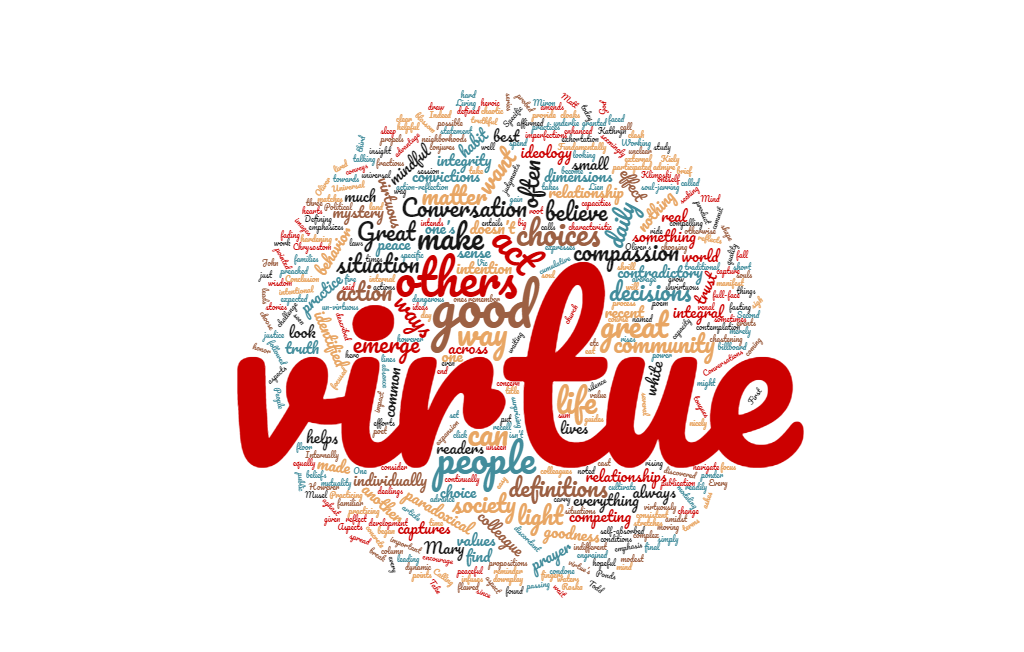
The Quran, the sacred scripture of Islam, contains infinitely profound wisdom, sometimes communicated through intricate symbols and metaphors that require deep reflection. One of the most celebrated symbols is the honeybee, an unlikely candidate that initially seems insignificant. Yet through profound verses dedicated to this tiny creature, the Quran masterfully conveys profound lessons that ultimately guide humankind to envision higher ideals for living communally with wisdom, engaging with nature harmoniously, and discerning signs of divine order in creation.
Chapter of the Bee: Honoring Nature’s Miracle
In the Quran, an entire chapter titled “An-Nahl” meaning “The Bee” is dedicated to remarkably beautiful verses uplifting the bee as a special figure worthy of respect. Through deeply reflective language, these verses recognize bees as one of nature’s most sagacious and industrious creations, saying:
“And your Lord inspired the bee, saying, “Take for yourself among the mountains, houses, and among the trees and [in] that which they construct. Then eat from all the fruits and follow the ways of your Lord laid down [for you].” There emerges from their bellies a drink, varying in colors, in which there is healing for people. Indeed, in that is a sign for a people who meditate.” (16:68-69)
These thought-provoking verses accomplish a lyrical celebration of the bee’s symbiotic relationship with nature through phrases like “inspired,” “mountains,” “trees,” “fruits,” and “emerges” – descriptors emphasizing the beautiful interconnectedness binding bees to the natural landscape, directed by divine influence. The passage ends by inviting the reader to reflect upon the bee’s larger significance, saying “Indeed in that is a sign for a people who reflect.” This signals there are deeper, existential lessons to uncover for those contemplating the bee story mindfully.
Community Order and Spiritual Purpose
What makes the Quranic presentation of bees so unique? These verses recognize bees both in their mundanity, depicting their basic survival behaviors like seeking food, and simultaneously in their transcendent purpose and perfection, dictated directly by God in imperative verbs “take”, “eat,” and “follow.” Bees source livelihood from mountainous, rugged regions yet also reside in structured homes in trees and manmade places, extracting universal sustenance from multiple environments. This signals how bees integrate themselves fully into the cyclical order of the biosphere while establishing hives as models of community organization. Their role is elevated from mundane insect to almost a spiritual emissary communing freely between the natural and human planes to transfer sustenance to humanity “in which there is healing for people.” The verses link the bee’s complex ecological interrelationships to signals of divine order and wisdom in creation. If a tiny insect can create intricate social systems and benefit humans and nature alike, is there not an intelligent God who created such a creature?
Lessons for Humanity
More than merely depicting bees biologically, these verses use bees symbolically to guide humanity. What lessons can humans learn from such mindful contemplation of the bee?
- The bee represents living communally with order, cooperation, and divisions of responsibility that ultimately serve the collective good. This encourages human societies to adopt principles of unified social organization over individualism or coercion.
- Through expressions honoring its sublime productivity, driven effort, and resource transfer across ecological spheres, the bee becomes an exemplar for diligent work ethic, resilience, and living harmoniously within nature.
- By being elevated morally and spiritually alongside descriptions of its mundane behaviors, the bee embodies transcendent purpose and connection to the miraculous intelligence in creation despite external humbleness – a profound lesson for spiritual seekers.
The Miracle of Gendered Language in the Story of the Bee
Interestingly, in the chapter of the bee, the Quran refers to the bee in the feminine form, which at first glance may seem unremarkable. However, upon deeper investigation, this reveals an extraordinary level of accuracy reflecting advanced scientific knowledge. Bees have a matriarchal society structure centered around a queen bee who is the focal point of the hive’s reproductive cycle. The queen bee is serviced by female worker bees who attend to her every need while having their own reproductive capabilities suppressed. Hence, female bees uphold the very functioning of beehives. Modern zoology confirms that the overwhelming majority of bees in a hive are female workers, while male bees comprise only a small percentage. their sole purpose being to mate with the queen.
Therefore, by referring to bees in the feminine form, the Quran perfectly captures the true nature of beehives from a morphological perspective. This is incredibly significant considering the Quran was originally revealed at a time when microscopic forms were invisible to the naked human eye and knowledge of insects was extremely limited. The only logical explanation is that the Quran’s reference to bees in the feminine gender stems from Divine inspiration granting supernatural knowledge to Prophet Muhammad (peace be upon him). This forms proof of the Quran’s miraculous veracity revealing facts impossible for humans to know otherwise during that era. The very choice of a female gendered term, usually overlooked by casual readers, contains layers of wonder for those who contemplate deeply.
Honey as a Healing Cure
One of the miracles of the Quran is the mention of healing elements found in the bellies of bees from which emerges “a drink” containing cure for people. This is understood as referring to the antimicrobial and wound healing properties of honey produced by bees which is now gaining increasing validity through empirical research. Records dating back thousands of years to ancient Egypt, China, and Greece document the use of honey in treating infections and accelerating wound healing. Even today traditional medical systems continue to use honey therapeutically for a wide range of ailments. Modern science has reinforced this ancient healing wisdom by demonstrating honey’s antioxidant, anti-inflammatory and antimicrobial capabilities effective against drug-resistant superbugs. Therapeutic actions stem from compounds like methylglyoxal and antimicrobial peptides exuded into wounds that stimulates tissue regeneration and defensive responses. The Quran’s knowledge of the curative virtues inherent in bee substances reveals the Divine inspiration of a Prophet unaided by advanced studies only available in contemporary times. By reflecting on the Signs scattered across Revelation, traditional remedies continue to make resurgence through ongoing scientific and medical advancements.
Conclusion
The Quran’s highlighting of the bee, a small insect, contains many miracles. Scientific realities like the bee’s feminine essence, inter-colony communication, and healing derivatives have come to light over time, already captured in a few lines revealed centuries ago. Such precision and sophisticated symbolism woven around a common insect forces deep introspection of the source bestowing such knowledge on an untutored Prophet, peace be upon him. He could not have known these scientific and intricate realities on his own. The bee in the Quran also symbolizes the eloquence of the Quran. It was chosen as a guide not for its physical traits but due to a hidden perfection, attributes aspiring to raise human potential. Within the bee’s daily toil buzzes a deeper veneration that requires an ear attuned to signs that point ineluctably to Divine Majesty.


